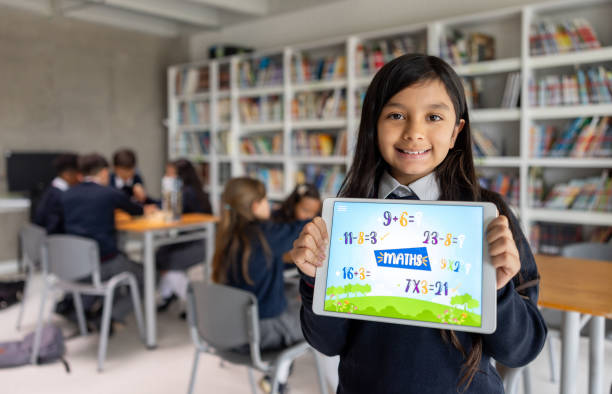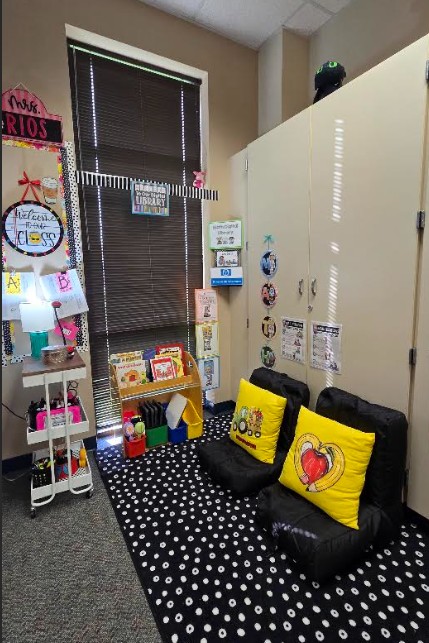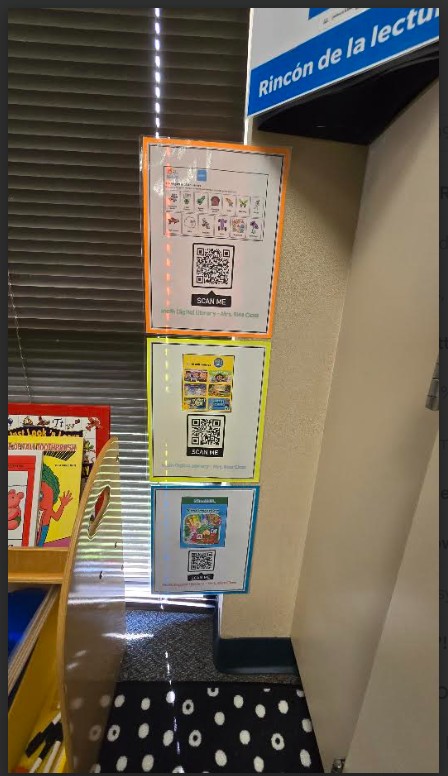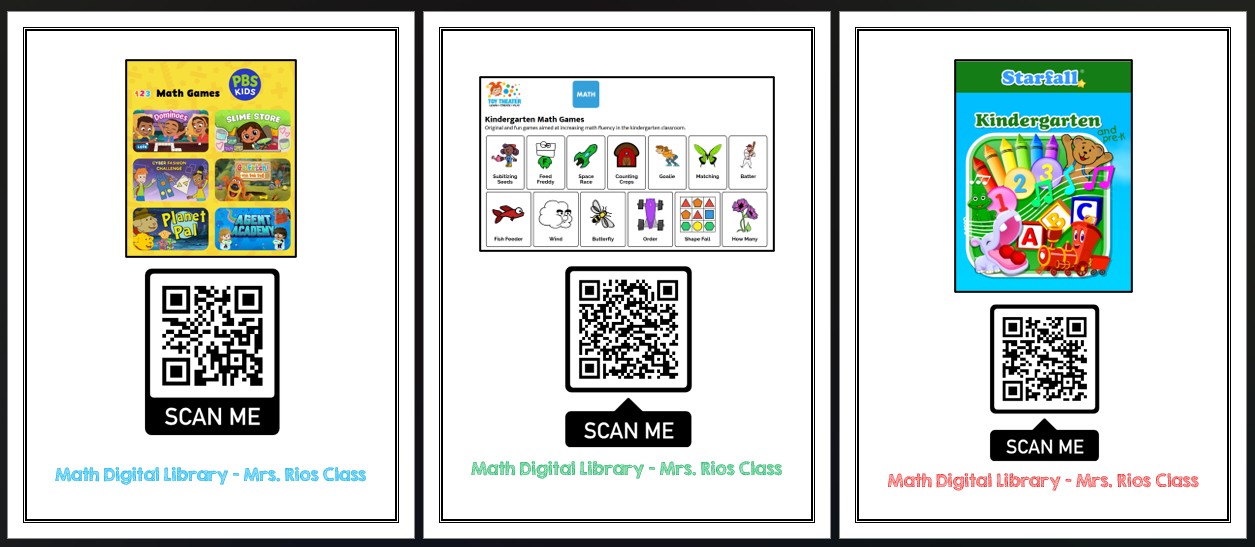
In many Kindergarten classrooms, we face the challenge of not having enough physical books or math resources to build a traditional classroom library. Instead of seeing this as a limitation, I decided to look for a creative solution. A Digital Math Library became the perfect alternative. It does not require printing, it is simple to organize, and students can use the iPads already assigned to the classroom. Most importantly, it allows children to practice math in an engaging and independent way.
Why a Digital Library?
Young learners need multiple opportunities to practice foundational math skills. Sometimes, worksheets or physical manipulatives are not enough, and not every classroom has access to a wide range of printed materials. A digital library gives students the chance to explore math activities through interactive tools. It also saves time and resources for the teacher, since the materials are always accessible and can be updated easily.

Steps to Build Your Digital Library

- Choose Free Resources
Start by selecting a few free and safe websites or apps that are appropriate for kindergarten. I chose three websites that focus exclusively on math skills, such as counting, number recognition, and problem-solving. Here is a selection of free and safe websites or apps that are appropriate for kindergarten math. These resources are interactive, easy to use, and support independent practice with iPads or computers in the classroom:
Starfall Math
Numbers, counting, shapes, patterns
Very visual, interactive, early childhood–friendly, no ads in main site
starfall.com
Toy Theater
Counting games, number bonds, place value, shapes
Free, fun mini-games, no login required
toytheater.com
PBS Kids Math
Counting, measurement, shapes, problem-solving
Safe, ad-free, uses familiar characters kids love
pbskids.org
Cool Math 4 Kids
Basic numbers, addition, subtraction
Colorful, easy explanations, beginner-friendly
coolmath4kids.com
ABCya! Math
Number recognition, patterns, addition/subtraction
High-quality games, aligned to early math skills
abcya.com
SplashLearn (Free)
Counting, number sense, early operations
Interactive, adapts to student level, works at home too
splashlearn.com - Create a Visual Cover
Design a simple and attractive cover page for each resource. You can use Canva or PowerPoint to create colorful cards that represent each math area. - Generate QR Codes
Turn each website link into a QR code. This makes it easy for Kindergarten students to access the activity without typing long links. - Display the Cards in the Classroom
Print the covers and QR codes and place them on a pocket chart or bulletin board. This turns your classroom wall into a Digital Math Library that students can “browse.” - Practice with iPads
Show students how to scan the QR codes with the classroom iPads. Once they learn, they can independently choose and start practicing.
How Students Use It
During math centers, students walk to the “library,” pick a QR card, scan it with the iPad, and begin the activity. The process is simple, quick, and empowering. Even students with limited reading skills can identify the cards visually and access math practice on their own.
Benefits of a Digital Library
- Builds independence: Students learn to navigate technology with little teacher help.
- Increases motivation: Children are excited to scan and play math games.
- Provides equity: Every child has access to the same digital resources.
- Saves time and money: No printing or replacing lost materials.

Final Thoughts
Creating a digital library is not complicated or expensive. With just a few free tools, you can design a classroom space that feels like a real library, but in digital form. In Kindergarten, where curiosity and exploration are key, this strategy gives students a sense of choice and responsibility. Most importantly, it helps them practice math in a fun and meaningful way.
References
- International Society for Technology in Education. (2024). ISTE Standards for Educators and Students. Retrieved from https://iste.org/standards
- Donovan, M. S., Bransford, J. D., & Pellegrino, J. W. (2000). How people learn: Brain, mind, experience, and school. National Academy Press.
- Thomas, D., & Brown, J. S. (2011). A new culture of learning: Cultivating the imagination for a world of constant change. CreateSpace.